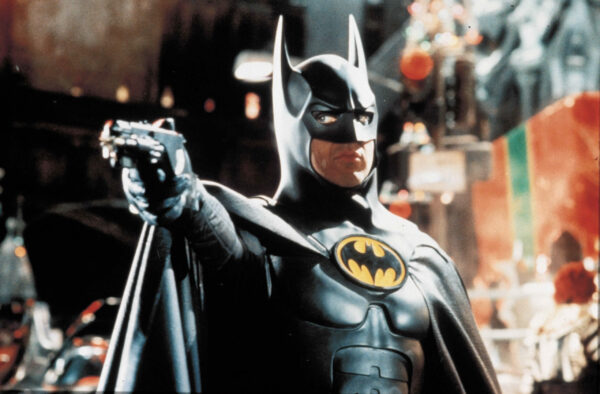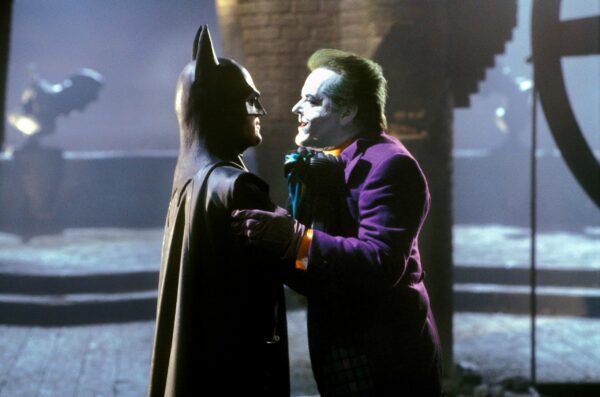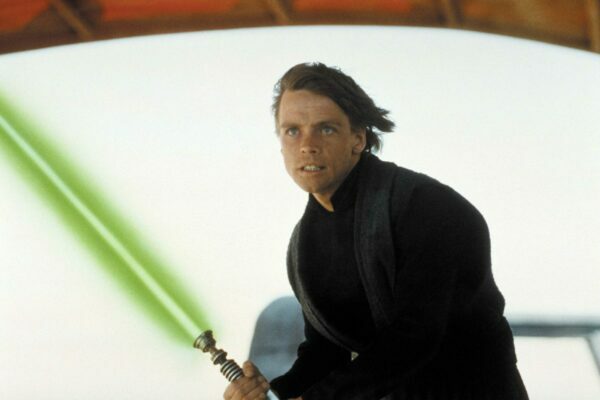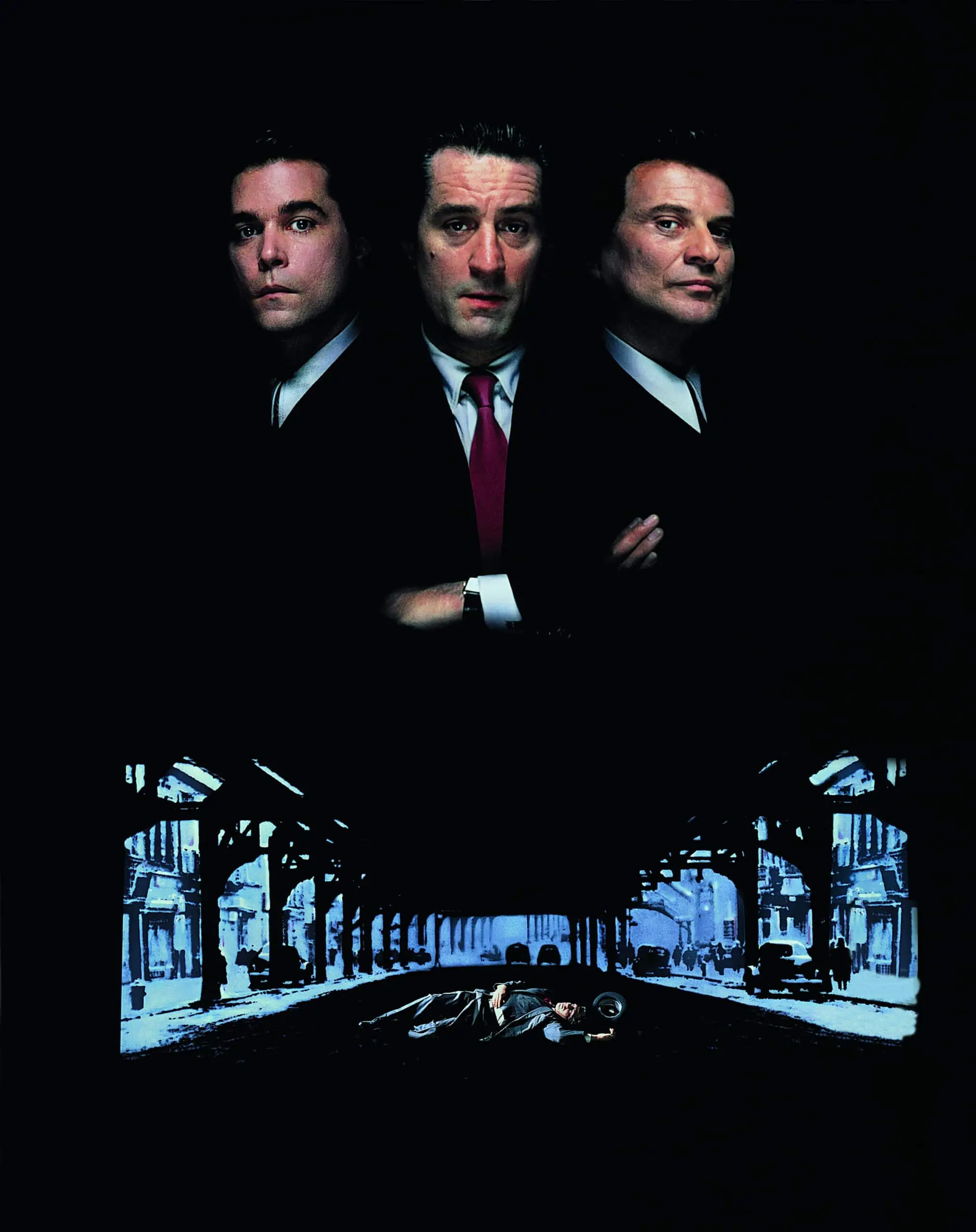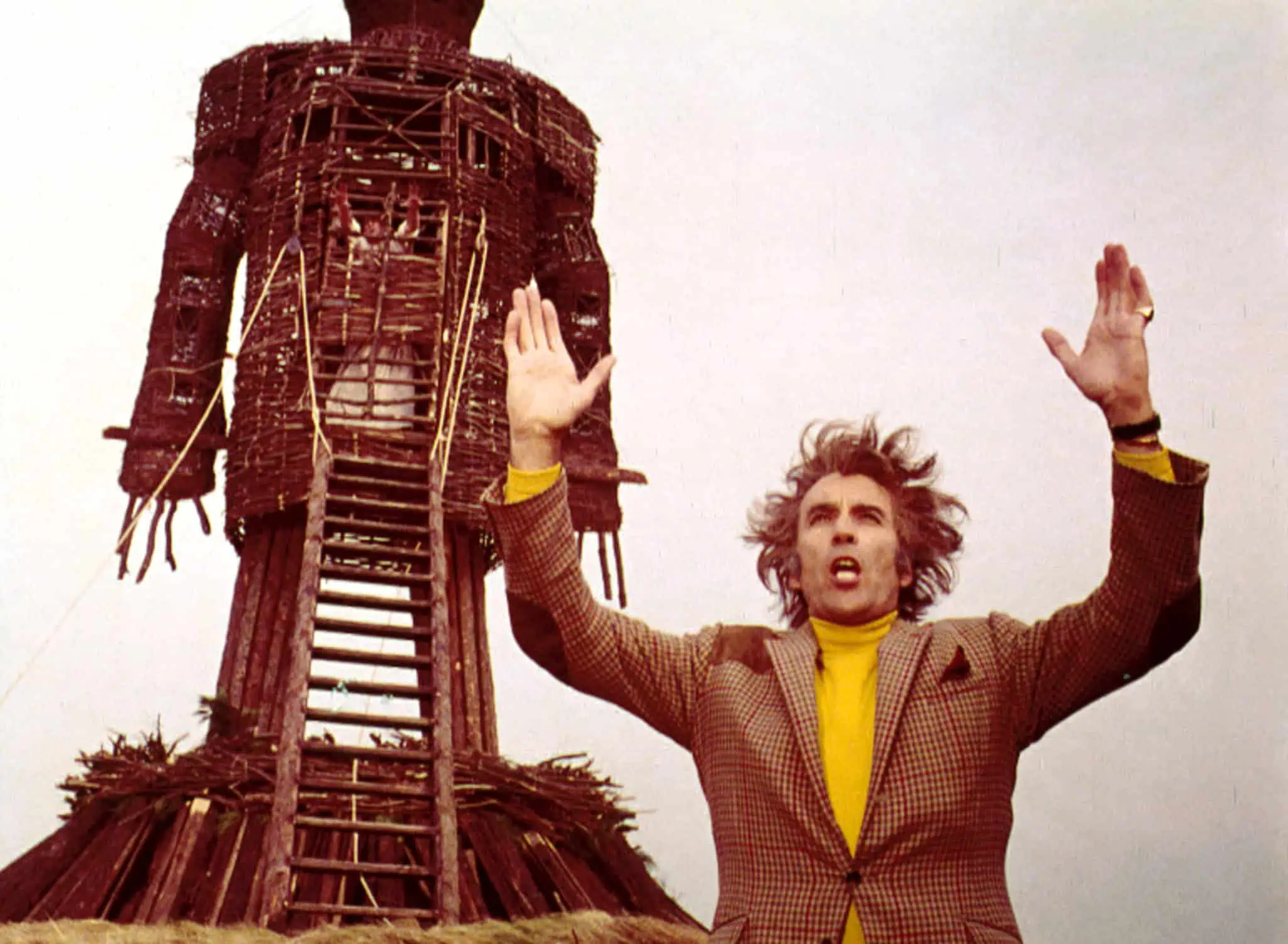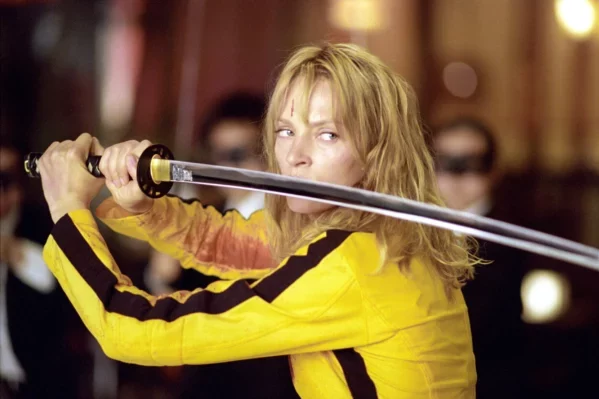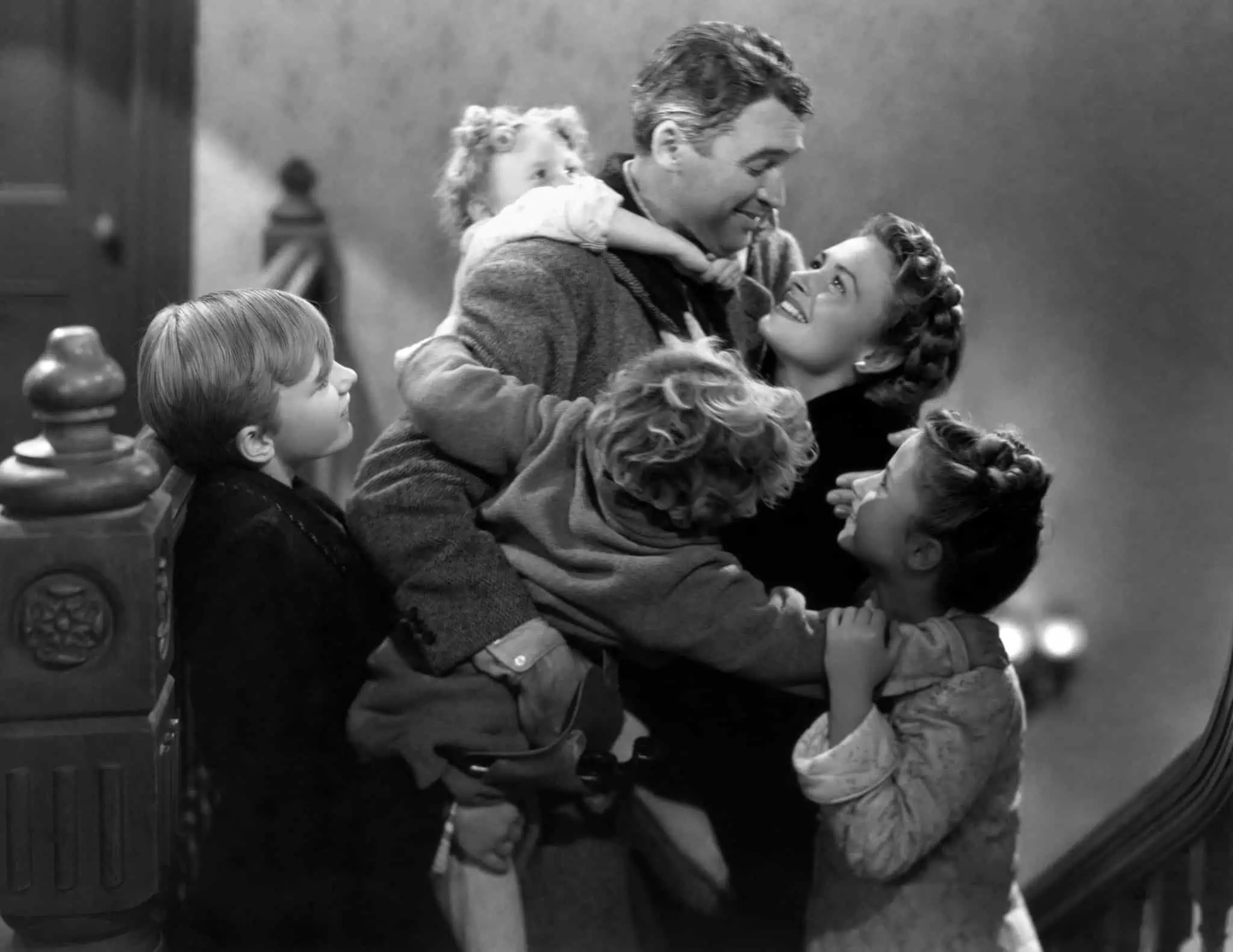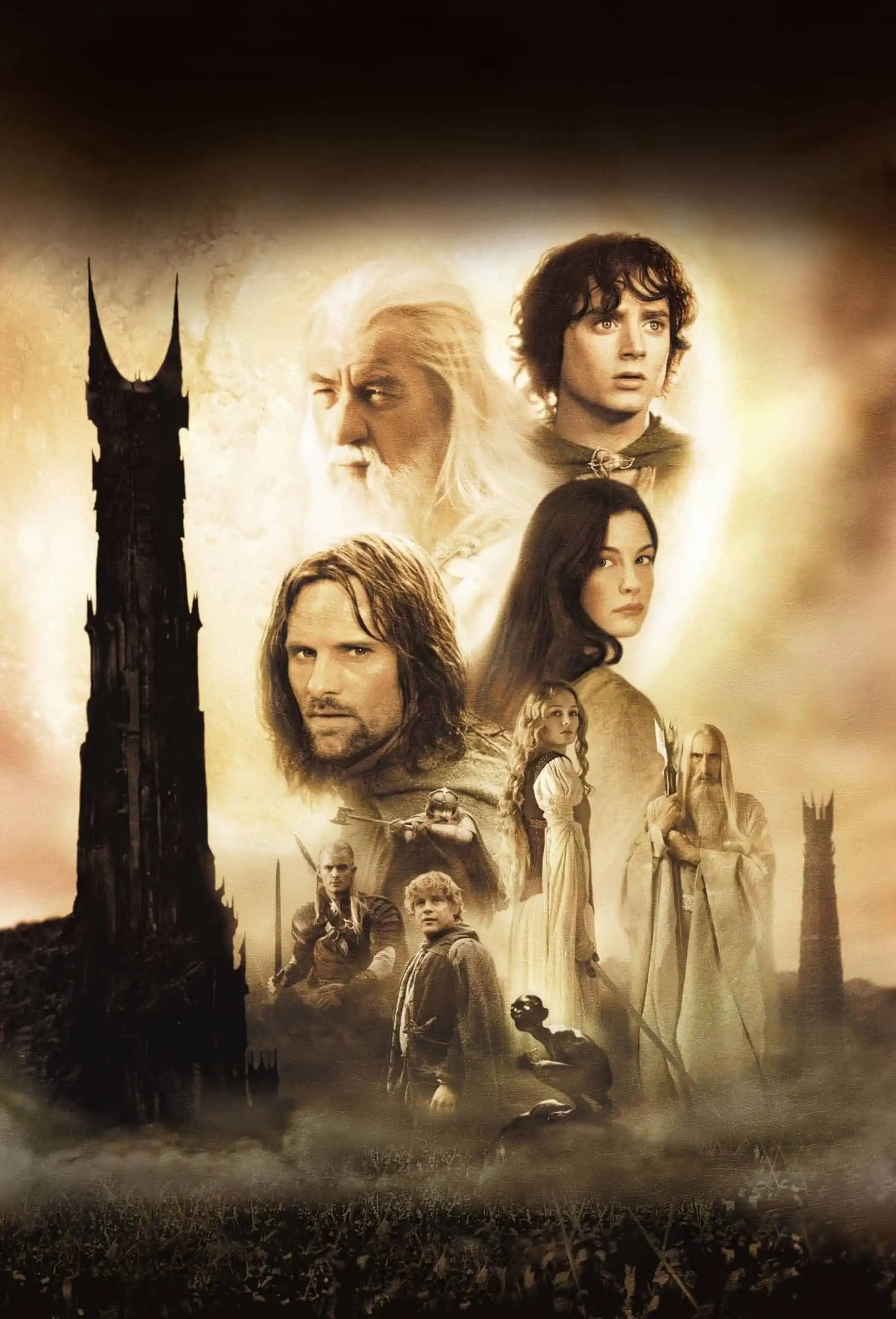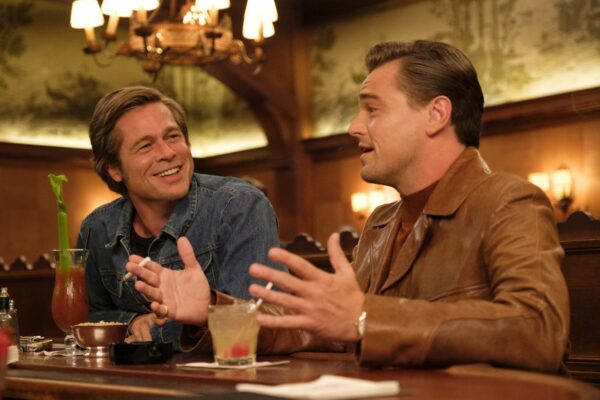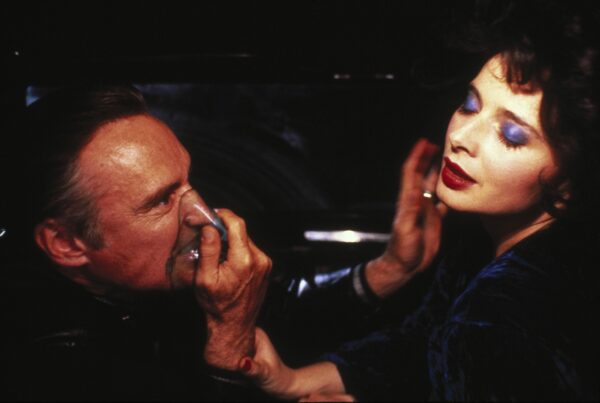
Stanley Kubrick is one of the most acclaimed and influential directors of all time, with movies hailed as masterpieces in multiple genres. As a companion piece to our Ranking Kubrick podcast episode, Josh Greally looks at the great filmmaker’s career and gives us a rundown of the Kubrick ranking.
Stanley Kubrick worked across many genres (war, crime, comedy, costume drama, historical epic, horror, science fiction, and romance); dealt with heavy themes around the futility of war, existentialism, and what it means to be human; and had a cinematic style all his own. Across his 5-decade career, he created some of the most highly-acclaimed films ever made, but which is his best? Here is the ranking of Stanley Kubrick’s feature films from worst to best.
13. Fear and Desire (1953)
A story of soldiers trapped behind enemy lines confronting their deepest fears and darkest desires, Fear and Desire is remembered for what its maker would become, rather than all that much about the film itself. Frank Silvera and Kenneth Harp turn in good performances, the story is interesting enough, and there is some incredible shot-making. However, an overuse of dialogue and voiceover to hammer home plot points that have already been explained gives the film a feeling of talking down to its audience. Some of the staging/delivery reflects the low-budget the movie was made on and it occasionally feels bare and limited. While an important part of Kubrick’s work, and an integral part of his learning and growth, it’s undoubtedly the poorest entry in his filmography.
Buy or Rent Fear And Desire now
12. Killer’s Kiss (1955)
Kubrick’s second film marks a drastic improvement from his first. Killer’s Kiss tells the story of a washed-up boxer who becomes embroiled in a relationship with a woman lusted over by a dangerous man. Kubrick’s use of dialogue and voiceover is much more refined and skilled than in Fear and Desire, and the cast also do a great job, particularly a returning Frank Silvera as nightclub owner Vinnie. It lacks the dark edge that sometimes defines Kubrick’s best work (exemplified by an out of place happy ending) and is overall relatively throwaway, but it’s nevertheless entertaining and the black and white cinematography (it was shot by Kubrick himself) is stunning throughout.
11. Lolita (1962)
Lolita is a strange entry in Kubrick’s filmography. Adapted from Vladimir Nabokov’s novel about a professor, Humbert Humbert, who becomes infatuated with a teenage girl, it feels hampered by the restrictions of its time. Many of the dangerous elements of the novel were toned down to appease the ratings board, which perhaps leaves the film feeling occasionally toothless. Despite this, the film has endured due to Oswald Morris’ fantastically inventive cinematography, the swift pacing of the plot, and brilliant performances from James Mason (Humbert), Sue Lyon (Lolita), Shelley Winters, and a trademark Peter Sellers turn, where he plays three different roles.
10. The Killing (1956)
Charting the journey of a group of men planning to steal money from a racetrack, The Killing keeps the high quality cinematography of Kubrick’s earlier works, further improves on his use of dialogue and is more inventive with the camerawork (Kubrick is really developing his skill with dolly shots and long, one-shot takes here). The exemplary cast of noir regulars, like Sterling Hayden and Elisha Cook Jr., as well as the tense score and pitch perfect pacing, helped the film – and Kubrick – stand out in the mid-50s. Kubrick’s first great work.
9. Spartacus (1960)
While it runs very long at over 3 hours (with a pacing slump towards the end) and suffers from a few clunky fight scenes (and some even clunkier dialogue), the true story of a Roman slave rebellion is one of the definitive swords-and-sandals epics. Dalton Trumbo’s fascinating script never resorts to caricature, fleshing out all the main players (including the villains) into fully-realised, three dimensional characters. Helped along by an all-star cast that includes Kirk Douglas, Laurence Olivier, Tony Curtis, Jean Simmons, Charles Laughton, and Peter Ustinov, as well as it’s still awe-inspiring scales and production design, Spartacus holds up as a great epic.
8. Paths of Glory (1957)
Paths of Glory is a true anti-war movie, telling the tale of an army battalion ordered on a suicide mission by a career-obsessed general, and the subsequent trial some of the men face for, “cowardice in the face of the enemy”. The battle scenes feel real and horrific, the music is haunting and ominous, and the story is merciless in its plotting the fates of the men on trial. By the end you’ll feel angry, helpless, and distraught. For the keen-eyed, there’s some visible behind the scenes action that can pull you out of the film if you spot it, but Paths of Glory was, and remains, a masterpiece. Kubrick’s first.
7. Eyes Wide Shut (1999)
Eyes Wide Shut is Stanley Kubrick’s most underappreciated movie. Discovering his wife has thought about being with another man, Bill Harford (Tom Cruise) begins an odyssey to discover more about himself, becoming embroiled in a mystery, and stumbling across a sinister underground society. Eyes Wide Shut features some of Kubrick’s most beautiful cinematography (DoP was Larry Smith), as well as music that creates an intoxicating dreamy/nightmarish atmosphere. Cruise and Nicole Kidman give committed turns as the central couple, and the story is engaging, whilst considering themes of people, relationships, and sexuality. Not quite up with his best work, but Kubrick’s final film is not the slow-paced letdown it’s often painted as.
6. Barry Lyndon (1975)
Every frame of Barry Lyndon looks like a painting. Gorgeous lighting, stunning use of colours, and a level of production and costume design rarely equalled, gives the film an overall feel of astonishing authenticity. We follow Redmond Barry (Ryan O’Neal), an Irish scoundrel who slowly climbs the social ladder, marrying into aristocray, before discovering that the higher you climb, the further you fall. Thanks to the constantly shifting goals of the characters, the 3-hour run time flies by. And O’Neal does an outstanding job at eliciting empathy for a central character whose behaviour and motives are often at odds with what audiences are typically accustomed to in cinematic storytelling. Though it lacks the power of films higher up this list, Barry Lyndon is one of the greatest period costume dramas out there.
5. Full Metal Jacket (1987)
Possibly the most accessible of Kubrick’s films, and the gateway for many into his his work, Full Metal Jacket tells the tale of a bunch of U.S. marine corp recruits, as we follow them from boot camp training on Parris Island to life or death combat in Vietnam. At times a hard-hitting war-action movie (the sniper sequence is vivid, visceral, and shockingly violent), at other times a black comedy (R. Lee Ermey’s drill sergeant, Hartman, might be one of the most quoted characters in movie history), the film comments on the futility of war and dives into themes of conditioning, nationalism, and toxic masculinity. It says something about Kubrick as a filmmaker when even his most mainstream movie is unique, rule-breaking, and will be in your head for days after watching.
4. Dr. Strangelove or: How I Learned to Stop Worrying and Love The Bomb (1964)
The thought of the U.S. government trying to prevent nuclear armageddon after a rogue General orders an attack on Russia is a terrifying scenario, but Dr. Strangelove is one of the finest black comedy films ever made. Every aspect of the production, from the incredible set design to the pulse-pounding score and the wonderfully orchestrated cinematography, indicates this is important subject matter, and should be taken as such. But, thanks to the razor-sharp dialogue, sensational control of tone from Kubrick, and frankly ridiculous performances by the main cast (including George C. Scott, Sterling Hayden, and Peter Sellers – who, playing 3 different roles, turns in one of the most iconic performances of all time), the film has become the definitive war satire, that it’s still impossible not to laugh at.
3. A Clockwork Orange (1971)
Kubrick’s most controversial contribution to cinema, A Clockwork Orange’s protagonist is Alex DeLarge, a violent juvenile, imprisoned for murder, who undergoes an experimental conditioning procedure that causes him to become violently ill at the mere thought of breaking the law. Is public safety worth the suppression of free will? That’s the question Kubrick explores here with his trademark visual flair, unqiue characterisations, and classical music accompaniment. Malcolm McDowell’s stellar central performance anchors the experience, but he’s accompanied by a perfect production, smart and substantial writing, and a perfectly-paced narrative. The result is a film that feels as fresh and dangerous now, as it did when it was released. It’s divisive, but it’s essential.
2. 2001: A Space Odyssey (1968)
Unlike most of Kubrick’s other films, 2001 has no central character as such to guide you through the narrative, which depicts the evolution of man, and the tools he uses from Neanderthal times until the near space-faring future, to explore themes of existentialism and artificial intelligence. The dialogue is sparse, and relies heavily on Kubrick’s visual mastery to convey its story. This can lose some of its audience but, while it’s a hard sell, 2001 is the definitive high-brow, cerebral science fiction experience. With special effects work that is still astonishing over half a century later, and an unmatched use of classical music that gives the film a truly operatic feel in scale, Kubrick essentially redefined the form and re-invented how cinematic stories could be told. Christopher Nolan said that, with 2001, “[Kubrick] doesn’t change the rules, he doesn’t even acknowledge that there are rules.” It’s the work that best showcases Kubrick’s genius and, while it will always have its nay-sayers, it’s importance and influence is almost impossible to overstate.
1. The Shining (1980)
What can we say? Met with a mixed reception on release (Kubrick was nominated for Worst Director at the Razzies and its author, Stephen King, still isn’t a fan), The Shining has grown to a status afforded to few other horror films. Kubrick creates an atmosphere not felt in any movie before or since (though many imitators have tried) without compromising any of his artistic sensibilities – the control of tone and pacing is astonishing, and some of the camerawork has to be seen to be believed. Jack Nicholson takes most of the acting plaudits as the alcoholic, on-the-edge writer Jack Torrance, but the oft-overlooked Shelley Duvall is fantastic as Jack’s wife, Wendy, taken from being a relatable, everyday young mother and sent into a hysterical mania of fear and paranoia by Jack’s descent to madness. You don’t need us to tell you this but, if you’ve not seen The Shining, go watch it!
So ends the ranking of Stanley Kubrick’s work. Please let us know what you thoughts, and give us your own ranking in the comments. Or you can listen to our special Stanley Kubrick podcast episode where we talk in detail about his Top 10.



